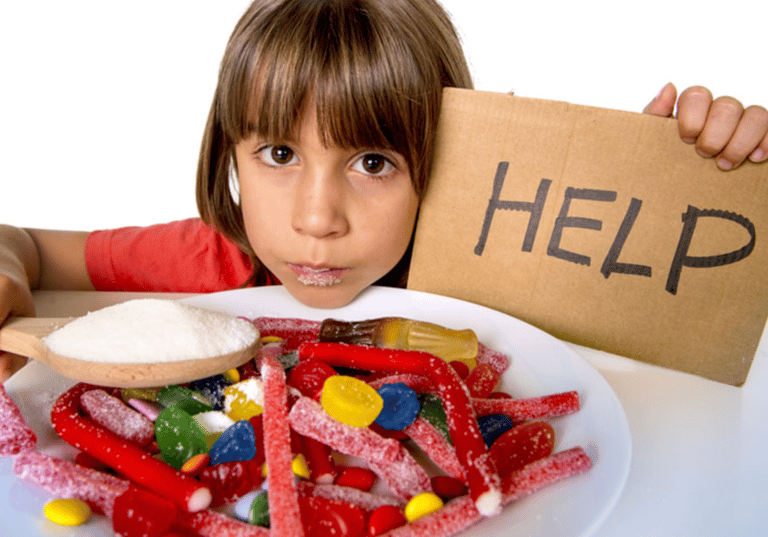Shawn's Blog: Insights into Education, Psychology, and Child Development




In today's fast-paced world, sugar in our children's diets often sparks debates. As caregivers and educators, understanding the impact of sugar on our kids' well-being is crucial. This perspective promotes a balanced approach to prioritize health and holistic growth.
Did you know that the maximum daily recommended allowance for sugar for children varies depending on their age? Children aged 7 to 10 should have no more than 24g of free sugars a day. Children aged 4 to 6 should have no more than 19g of free sugars a day. However, many children far exceed this limit, which can lead to various health issues.
Sugar isn't just the sprinkle on top of a cupcake; it's found naturally in fruits, dairy, and added to many treats. While it offers quick energy, overconsumption can lead to issues like obesity and tooth decay. Moreover, sugary snacks often lack essential nutrients for healthy growth.
Maintaining our kids' health hinges on balance. Instead of demonizing sugar, let's embrace moderation. Allowing occasional treats as part of a balanced diet keeps them satisfied and prevents sugary cravings. Yet, let's not forget to stock up on fruits, veggies, and other wholesome options.
Did you know that excessive sugar consumption has been linked to behavioral and mental disadvantages in children? Research suggests that high sugar intake may contribute to hyperactivity, attention problems, and mood swings in children. Moreover, a diet high in sugar has been associated with an increased risk of depression and anxiety in both children and adolescents.
Knowledge is key. Educating our kids about foods and sugar's effects empowers them to make healthy decisions. Access to resources helps us create a nourishing food environment.
Leading by example matters. Modeling healthy eating habits sets our kids up for success. Opting for nutrient-rich foods sends a powerful message about health.
Building a supportive community is essential. Offering nutritious options at home and advocating for healthier choices in schools and communities shape our kids' food environment.
Finding the right balance is vital for our kids' health and happiness. By embracing moderation, sharing knowledge, leading by example, and uniting as a community, we empower our kids to make smart choices and lay the groundwork for a lifetime of wellness.
Are you constantly yelling at your child? Do you feel this is the only way they will listen? It all boils down to talking to your child versus talking at your child.
Parents can create habits that fall into a pattern of speaking at a child, rather than to them. The child didn’t listen when you were calm, which caused you to constantly raise your voice and even yell. And now, when you do want to redirect them with calmness, they don’t take you seriously. Your home is constantly filled with negative energy and you are exhausted by the energy you put in to get them to follow directions and listen to you.
You’ve turned your communication into reacting.
You’ve lost your ability to respond.
Why this is problematic
Here are four reasons why this type of communication is problematic.
1. Your child emulates what they see and hear.
Often, children take this behaviour to school and speak to their teachers and peers the same way. Conversely, your child is less likely to stick up for themselves when others use abrasive language towards them.
2. Anxiety builds up in your child.
Talking to your child can be a source of wetting the bed, nail biting, aggression, being self critical, mood swings, often being worried, having academic challenges, etc.
3. It establishes a toxic baseline of communication.
When children learn a pattern of abrasive communication, they no longer pay attention to calm communication. A hostile environment becomes the norm.
4. It confuses your child.
Sets a precedent that it is ok for other people to treat them the same way, or confused with who they can talk to in the same manner.
What can you do as a parent?
First, breathe, you’re one of many. It isn’t too late to dig down and find the patience that you once had.
Now, breathe again, because this is one method you will need to practice repeatedly while changing the communication with your child. Here are two of the steps to get yourself out of the predicament.
1. Set a firm boundary
How many opportunities will you give them? It shouldn’t be many.
2. Follow through with your firm boundary
Stop counting to ten and saying “or else”. Do you find yourself getting to 9 and then all of a sudden they’ve complied to your request? They negotiated with you: their defiance vs. your parenting.